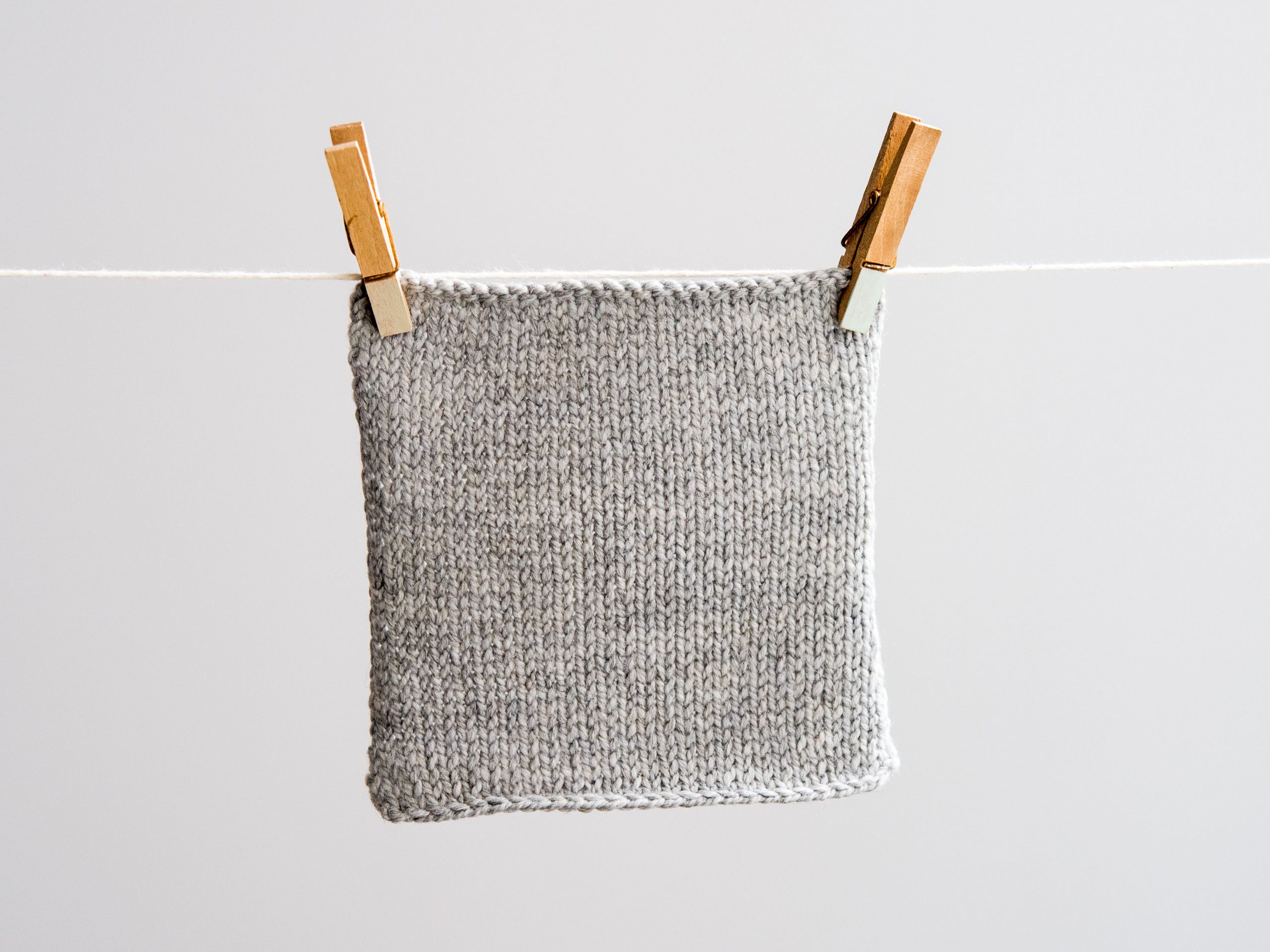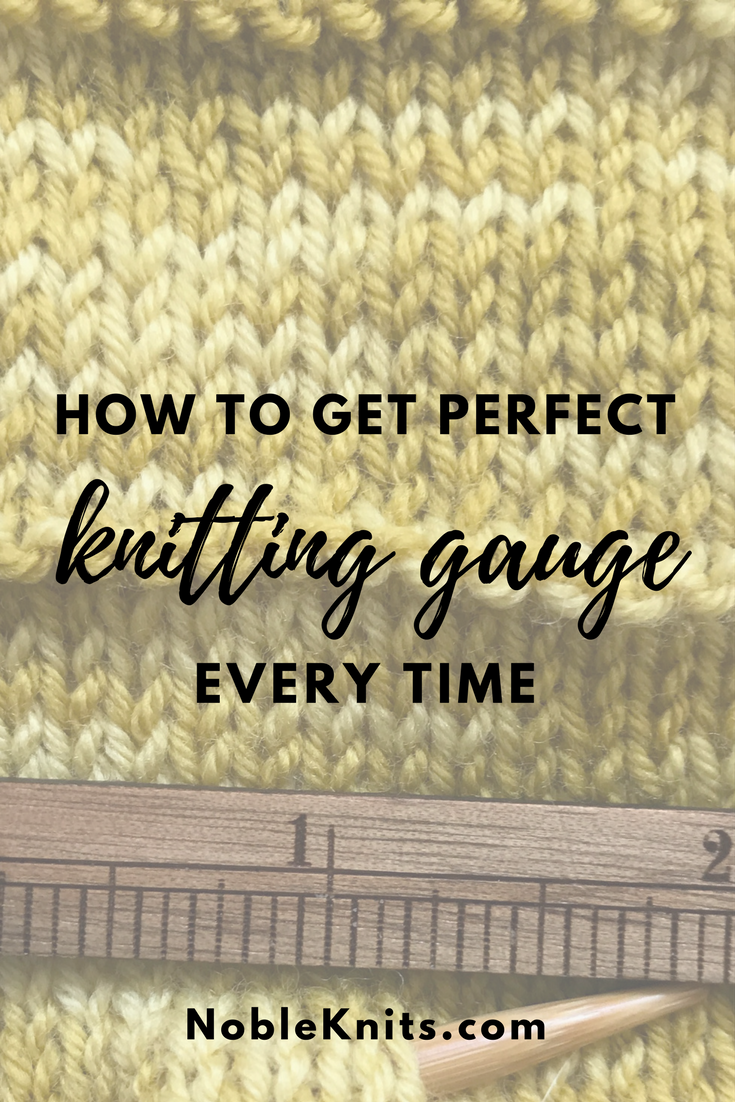Real Info About How To Check Gauge Knitting

If the pattern says to measure the ribbing gauge unstretched:
How to check gauge knitting. Now that you know why gauge is important, and how to measure it, here are a few tips for knitting an accurate gauge swatch. Use a tape measure or ruler to mark out four inches/10 cm and count the number of stitches. As a wise yarn wrangler once said, if you want to knit.
Count how many stitches are in one. Checking gauge in knitting is important because if you have too many stitches than the recommended gauge in a pattern, your project will be too large. Depending on what size yarn and what size needle you are getting, you're making different sized loops and the number of stitches per inch that you are making is.
Determining gauge for knitting a project is often achieved by knitting the dreaded gauge swatch (which i do totally encourage). Use the same needles that. Find out how to check your gauge in the round and.
Knitting a gauge swatch is one of the most important steps before starting a knitting project. Us 5/ 3.75mm or size to obtain gauge, in 16”/ 40cm circular and dpns, and us 3/ 3.25mm or 0.5mm smaller than gauge needle, in 16”/ 40cm circular. In this video, we'll go over what gauge is, why it's important, and how to get it so that you can start knitting things that fit!
Use the same yarn that is called for in the pattern. Then, you measure how many stitches and. Use a ruler or gauge measuring device to count the number of rows and stitches in the number of inches given in the pattern gauge.
A guide to knitting gauge. To determine your gauge, you knit a small test swatch using the yarn and needles you plan to use for your project. The best way to measure gauge is to create something called a gauge swatch!
When knitting a gauge swatch, there are a few things to keep in mind. To check gauge, you will need to knit a swatch, which is a small sample of knitting. If you can’t find the exact same yarn, try to find something similar in terms of weight and fiber content.
If you need to know how many stitches are in. Use the same process to count the number of rows.
















